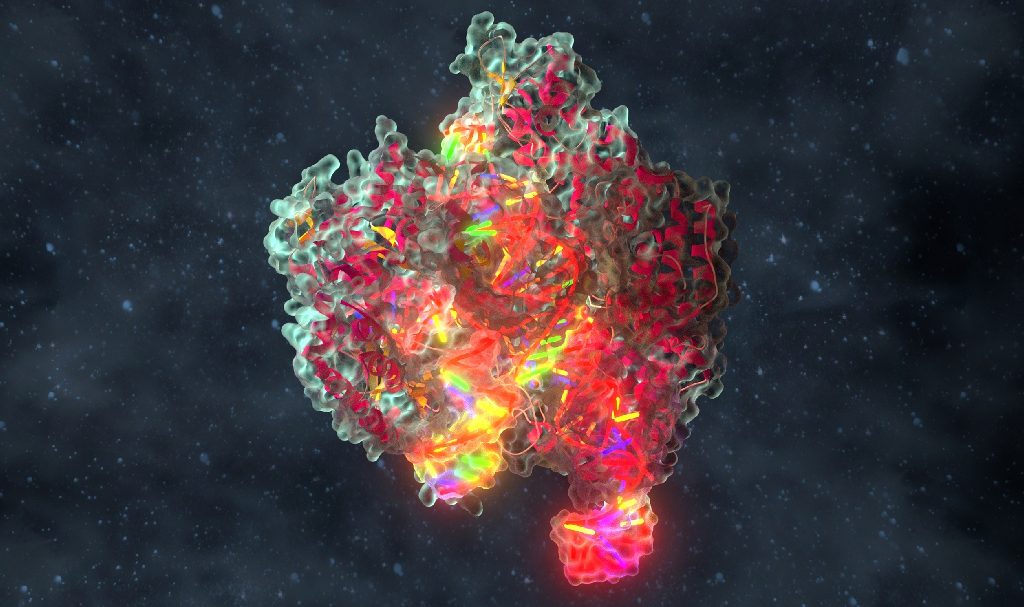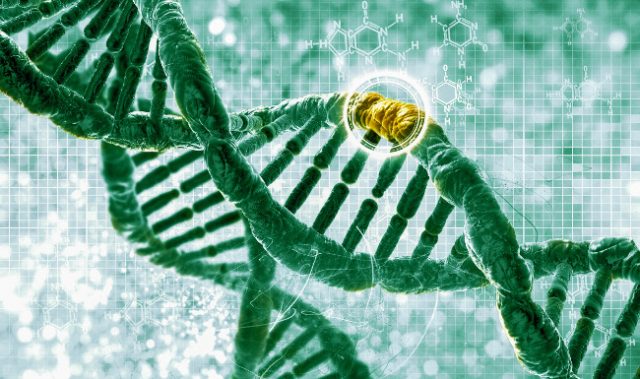
AsianScientist (Aug. 21, 2020) – A team of researches from China has found that mutating the enzyme at the heart of the CRISPR gene editing system can help reduce its ‘off-target’ effects. These findings have been published in PLOS Biology.
The CRISPR system is a powerful tool for the targeted editing of genomes with significant therapeutic potential. The enzyme used to cleave DNA—Cas—will cut almost any DNA sequence. The ability of CRISPR gene editing to target specific sequences comes from its interaction with a ‘guide RNA’ (gRNA) whose sequence allows it to bind with the target DNA through base-pair matching. Once it does, the enzyme is activated and the DNA is cut.
Although Cas enzymes are found in multiple bacterial species, Cas9 from Staphylococcus aureus a size advantage; unlike other enzymes, the Cas9 gene is small enough to fit inside a versatile and harmless gene therapy vector called adeno-associated virus, making it attractive for therapeutic purposes.
A key limitation of any CRISPR systems, including that of S. aureus, is off-target cleavage of DNA. A guide RNA may bind weakly to a site whose sequence is a close but imperfect match; depending on how close the match is and how tightly the enzyme interacts with the paired gRNA-DNA complex, the enzyme may become activated and cut the DNA wrongly, with potentially harmful consequences.
To explore whether the S. aureus Cas9 could be modified to cleave with higher fidelity to the intended target, a team led by Professor Gu Feng of Wenzhou Medical University, China, generated a range of novel Cas9 mutants and tested their ability to discriminate against imperfect matches while retaining high activity at the intended site.
They found one such mutant, which distinguished and rejected single base-pair mismatches between gRNA and DNA regardless of the target, increasing the fidelity up to 93-fold over the original enzyme. They showed that the mutation affected part of the recognition domain, the region of the enzyme that coordinates contacts between the enzyme and the gRNA-DNA complex. The mutation is thought to weaken those contacts, thus ensuring that only the strongest pairing—which would come from a perfect sequence match—would trigger enzyme activity.
“Avoidance of off-target cleavage is a crucial challenge for development of CRISPR for medical interventions, such as correcting genetic diseases or targeting cancer cells,” Gu said. “Our results point the way to developing potentially safer gene therapy strategies.”
The article can be found at: Xie et al. (2020) High-fidelity SaCas9 Identified by Directional Screening in Human Cells.
———
Source: PLOS; Photo: Shutterstock.
Disclaimer: This article does not necessarily reflect the views of AsianScientist or its staff.












